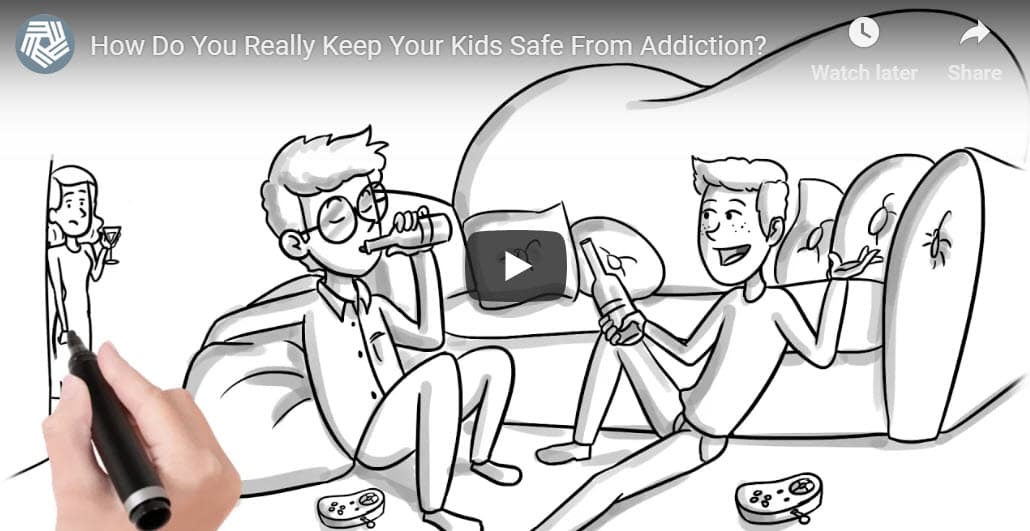New YouTube video from the Addiction Policy Forum highlights 10 things parents can do to keep kids safe from addiction.
The Council on Recovery and the Center for Recovering Families have programs to help you implement these useful suggestions. Call 713-942-4100 for more information or contact us here.

